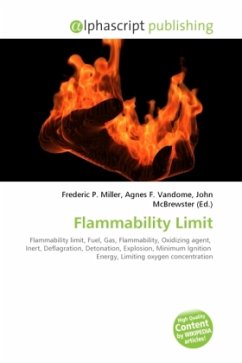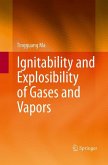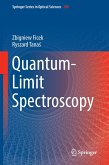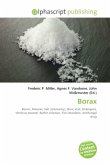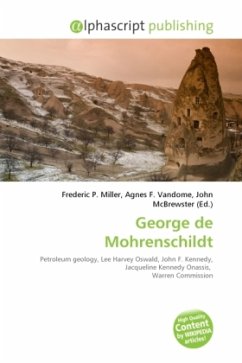Flammability limits, also called flammable limits, or explosive limits give the proportion of combustible gases in a mixture, between which limits this mixture is flammable. Gas mixtures consisting of combustible, oxidizing, and inert gases are only flammable under certain conditions. The lower flammable limit describes the leanest mixture that is still flammable, i.e. the mixture with the smallest fraction of combustible gas, while the upper flammable limit gives the richest flammable mixture. Increasing the fraction of inert gases in a mixture raises the LFL and decreases UFL.A deflagration is a propagation of a combustion zone at a velocity less than the speed of sound in the unreacted medium. A detonation is a propagation of a combustion zone at a velocity greater than the speed of sound in the unreacted medium. An explosion is the bursting or rupture of an enclosure or container due to the development of internal pressure from a deflagration or detonation as defined in NFPA 69.
Bitte wählen Sie Ihr Anliegen aus.
Rechnungen
Retourenschein anfordern
Bestellstatus
Storno

